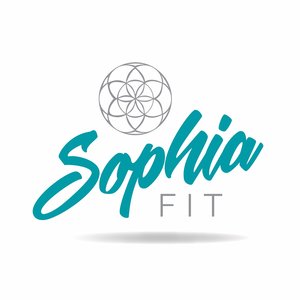When people think of clean eating, they think of salads and steamed veggies with no flavor and it’s all just so tasteless and boring. I am here to tell you there are so many different ways to eat veggies that are healthy and just bursting with flavor!!! Try roasting or grilling veggies instead of just steaming them. Try adding some nuts or goats cheese to your salads. Light seasoning with lemon juice salt and pepper can make all the difference to plain sautéed veggies. Here are a couple of my favourite recipes from my Nutrition E book.
Mushroom Kebabs
Need
1 cup of mushroom, thickly chopped
1/2 cup of red bell peppers (capsicum), chopped into 1 inch squares
1/2 cup of green bell peppers (capsicum), chopped into 1 inch squares
1 cup of onion (white or red/spanish), chopped into thick slices
For the marinade:
2 tbsp of olive oil
2 tbsp of worcestershire sauce
2 tbsp of honey
2 tbsp of soy sauce
4 - 5 wooden skewers
How
Preheat the grill, broiler or BBQ on medium to high heat. Soak wooden skewers in water for 5 mins to prevent them from burning. Add vegetables one by one onto the skewer. Coat each skewer with marinade. Grill/broil for 6 mins and turn over. Add remaining marinade and cook for another 3 mins.
Roasted Carrot Medley
Need
1 pound (450g) of carrot varieties ie, orange, purple, white or parsnip. Chopped lengthways in 4 inch sections and down the middle.
1 tsp of olive oil ½ tsp of All-purpose seasoning
Salt and pepper
Serve with 1 tbsp of dip (hummus or low-fat spinach dip)
How
Prepare in a baking tray lined with a drizzle of olive oil, chopped carrots. Sprinkling with seasoning, salt and pepper. Bake for 1 hour on 400 degrees F. Cool and serve 4 - 6 and enjoy with low fat spinach dip or hummus dip.









